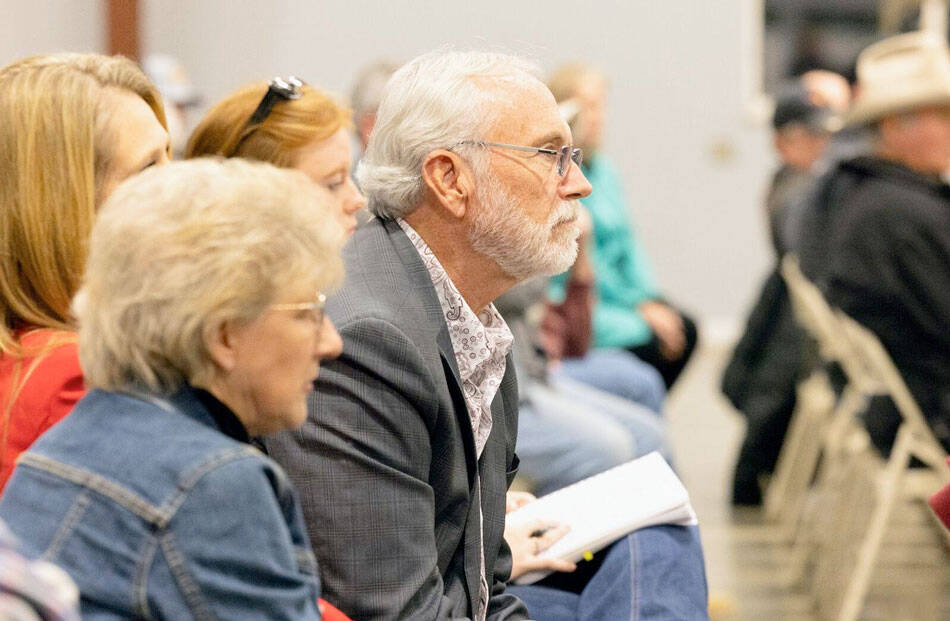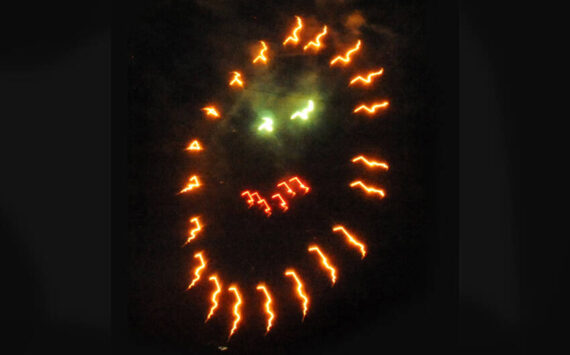By Randy Bracht | The Center Square
(The Center Square) – Congressman Dan Newhouse was among a large crowd voicing opposition Monday to a federal proposal to reintroduce grizzly bears into north-central Washington state.
“It is clear you all know that grizzles can and probably will move out of the zone in which you drop them, yet rather than letting common sense prevail, are continuing to push forward with this dangerous plan,” Newhouse told representatives from the National Park Service and U.S. Fish and Wildlife at a public meeting in Omak.
Under consideration is a draft environmental impact statement that lists a “no action” option and two “action” alternatives, both of which anticipate annually releasing three to seven grizzly bears into the region over a period of five to 10 years with a goal of establishing an initial population of 25 bears.
“As a farmer, I worry not only about the bears destroying my crops, but for the safety and well-being of myself, my family, and my on-farm hands,” said Newhouse, a Republican who represents central Washington’s sprawling 4th Congressional District that extends between the Oregon and Canadian borders.
Newhouse’s family farm is located in the east Yakima Valley, more than 100 miles south of the designated North Cascades Ecosystem, so his proximity might be questioned. But his sentiments have been shared by others within the affected region.
Monday’s public meeting was the first of four scheduled this week by the Park Service and U.S. Fish and Wildlife to accept comments on a draft environmental impact statement that evaluates options for restoring the bears in the North Cascades, plus a proposed management rule under the Endangered Species Act.
Due to the number of people in attendance, third-party moderators used a lottery-style process to select individuals to comment. Nearly 50 speakers voiced opposition compared to six who supported the plans, said Newhouse.
Three more in-person public meetings are scheduled this week: from 5:30-8:30 p.m. Wednesday in Newhalem, Thursday in Darrington, and Friday in Winthrop. The federal agencies are accepting comments through Nov. 13.
The North Cascades Ecosystem includes about 9,800 square miles in Washington, about 97% of which is located on public lands. The last confirmed grizzly bear sighting in the region was in 1996, but a small population has been documented in northeast Washington and northern Idaho along the Canadian border. Currently, the largest grizzly populations in the lower 48 U.S. states are found in Montana and Wyoming.
Federal officials describe the bears as a “keystone species” which play “an outsized role in the ecosystem” by aerating soil with their digging, dispersing seeds, and providing cultural importance to some Indian tribes and First Nations.
Newhouse has been a vocal critic, citing constituents’ fears of an “apex predator” posing a threat to humans and livestock. Last month, he introduced a bill that, if enacted, could stop the federal agencies from proceeding.
Wildlife officials say grizzly bears are omnivorous but primarily feed on vegetation and tend to avoid humans. Any transplanted animals would be radio-collared for monitoring and released away from grazing areas.
The agencies began drafting an environmental impact statement on restoring grizzlies in 2014 under the Obama administration. They heard similar criticisms of the proposal during a 2019 meeting in Omak and the effort was halted in 2020 under the Trump administration, but resumed last November under the Biden Administration.
Information on the draft EIS can be found on the National Park Service website. Fish and Wildlife’s proposed management rule – to restore threatened or endangered animals in an isolated area while addressing landowner concerns – is listed at regulations.gov. It provides options for deterrence, relocation or removal of grizzly bears involved in conflict.
“The question in front of us today is not whether we have 10(j) or 4(d) to manage these bears, it’s whether or not to introduce grizzly bears to this region at all,” Newhouse said on Monday.






